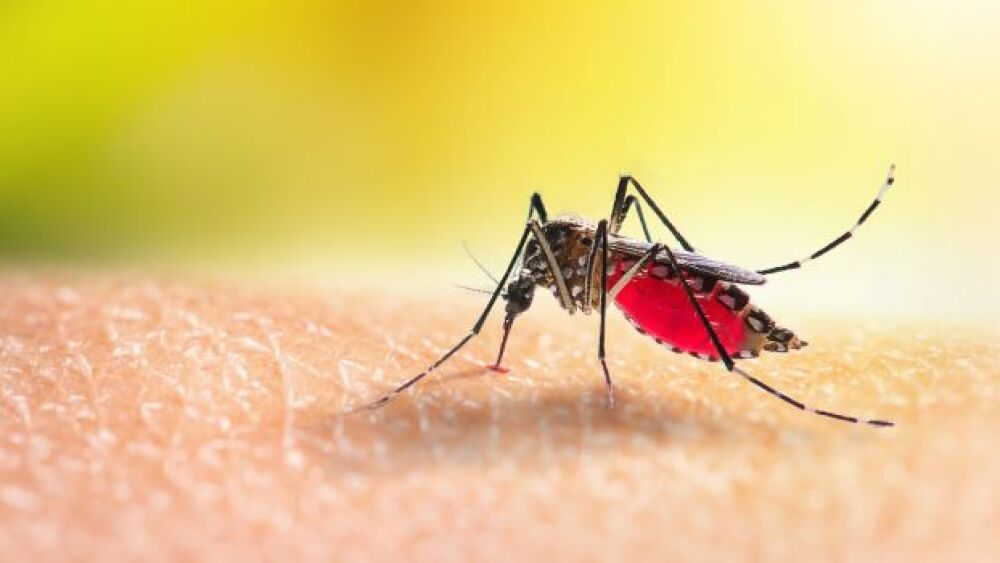Several cases of Japanese encephalitis have been confirmed in Australia and may have spread from pigs to humans, although it can also spread from horses.
Several cases of a mosquito-borne disease, Japanese encephalitis, have been confirmed in Australia. It appears to have spread from pigs to humans, although it can also spread from horses. The Australian health department declared it a Communicable Disease Incident of National Significance.
The illness is endemic to parts of Asia and the Torres Strait region of Australia. Animals are infected with it but don’t directly transmit it to humans. It is caused by the Japanese encephalitis virus (JEV), which is spread via mosquito bites. Human infections are typically asymptomatic but can occasionally cause severe disease and death. Symptoms of severe illness include neck stiffness, coma, and permanent neurological complications or deaths. It typically begins with sudden fever, headache and vomiting. There is no specific treatment other than rest, fluids and pain or fever drugs. There is a vaccination.
A woman in NSW-Victoria, Australia, is in intensive care but in stable condition with the disease. Several others are undergoing testing, with more cases expected. There are at least eight suspected cases in the state of Victoria, all associated with a pig farm near Echuca. In total, there are 16 human encephalitis cases “of unknown cause” being investigated across NSW, Victoria and South Australia.
The region is undergoing widespread floods, which have exacerbated concerns over the disease because of mosquitoes flourishing in the flooded areas.
On February 28, the Intergovernmental Panel on Climate Change warned that time was running out to adapt to climate change. The report also warned that climate change wasn’t just a matter of weather and melting ice caps but had implications for how insects and other organisms spread disease and move through the world.
“Climate-sensitive food-borne, water-borne, and vector-borne disease risks are projected to increase under all levels of warming,” the report stated. It also said that the climate warming that had already occurred was responsible for “unprecedented disease impacts” globally.
Vector-borne diseases are often endemic to specific areas because the insects and animals that carry them tend to stay in one place. But as the climate changes, insects and other wild animals may move with the climate, bringing their diseases with them.
“One of the most striking conclusions in our report is that we’re seeing adverse impacts being much more widespread and being much more negative than expected in prior reports within the current 1.09 degrees that we have,” said Camille Parmesan, a coordinating lead author of the report. “Some things that we’re seeing that were not expected at 1.09 degrees are diseases emerging into new areas.”
The 1.09 degrees Celsius (1.96 degrees Fahrenheit) is the overall global warming that has occurred so far.
Examples include dengue fever, a mosquito-borne tropical disease with a 20% death rate if it progresses and goes untreated, is expected to become even more problematic in Asia, Europe, Central and South America, and sub-Saharan Africa. Other mosquito-borne diseases, including the Zika virus, Chikungunya and West Nile virus, are also likely to become more common as climate change increases. In addition, experts are looking at water-borne diseases such as vibriosis and cholera due to increased rainfall and flooding.





